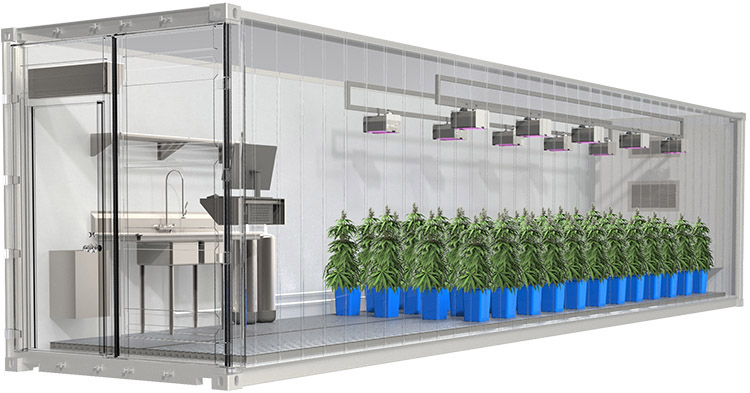The Growing Appetite for Indoor Farming
Some more facts: with a population of 7.5billion we can only supply enough fresh fruits and vegetables to feed two-thirds of the earth. So what do we do for food when the global population is expected to reach almost 10 billion in 2050? MTEs have been chronically over farmed in the last 2000 years and are now the most imperilled environments on earth.
Filling the gap
The gap between our productive capacity and consumption is already big and it’s only going to get bigger. Vertical farms alone cannot fill it but new technologies and innovations are making our farms more efficient and productive every day: LED lighting efficiency is improving every day.
During the last three years, LED lighting costs have dropped considerably amid a 20 per cent improvement in energy efficiency. Looking ahead, over the next three years, similar advances in energy efficiency are reasonably expected. There are also efficiency gains to be had with automation, robotics, machine vision and artificial intelligence will also have a part to play.
Some farmers are already talking about ‘smart farming’ where every aspect of the growing process is optimized, including light frequencies, humidity levels and air movement. The aim is to use intense technology to maximize the yield, with systems being tailored for specific crops and specific outcomes, for example, changing lighting to maximize sugar content.
Large fully-automated vertical farms can put a vertical farm's labor cost on a par with field-grown produce. The biggest single cost for most vertical farms is nearly always HVAC and electricity. Renewables and off-grid sources will become more efficient- they have also come leaps and bounds in the last ten years. But before then solar micro grids and geothermal sources are viable options.

More Investment
As the gimmick-allure of early vertical farms passes, more attention is on the economics of our businesses. Investors want data-rich enterprises that are responding to real problems, where performance can tightly monitored and forecast. Consumers and retailers, meanwhile, want produce that they can trust will be clean and local. Many have seen pushing the local and quality angles has made a big impact but there is now a ground rush to lock in potential customers.
Project finance investors want to see long-term contracts with creditworthy counterparts; cost-competitive products and revenue predictability are also important. For the moment flexibility is key - being able to learn from the market and deploy quickly is critical - container shipping has a huge role to play here, and being able to supply turnkey solutions which can be switched on and off and even moved quickly is a real bonus.
The next step
Appetite is growing and the industry is at a critical juncture. Automation is taking root, long term contracts with retailers and suppliers are becoming more common and farms are scaling up and offering more. Customers who are passionate about quality food and the environment are on our side. It’s clear that vertical farming is no longer a mom and pop business or for cranks and dreamers - it's part of the food supply ecosystem… and it’s here to stay.
Address
Micro Lab Farms
3353 Needles Hwy
Needles, CA
(951) 266-6096

